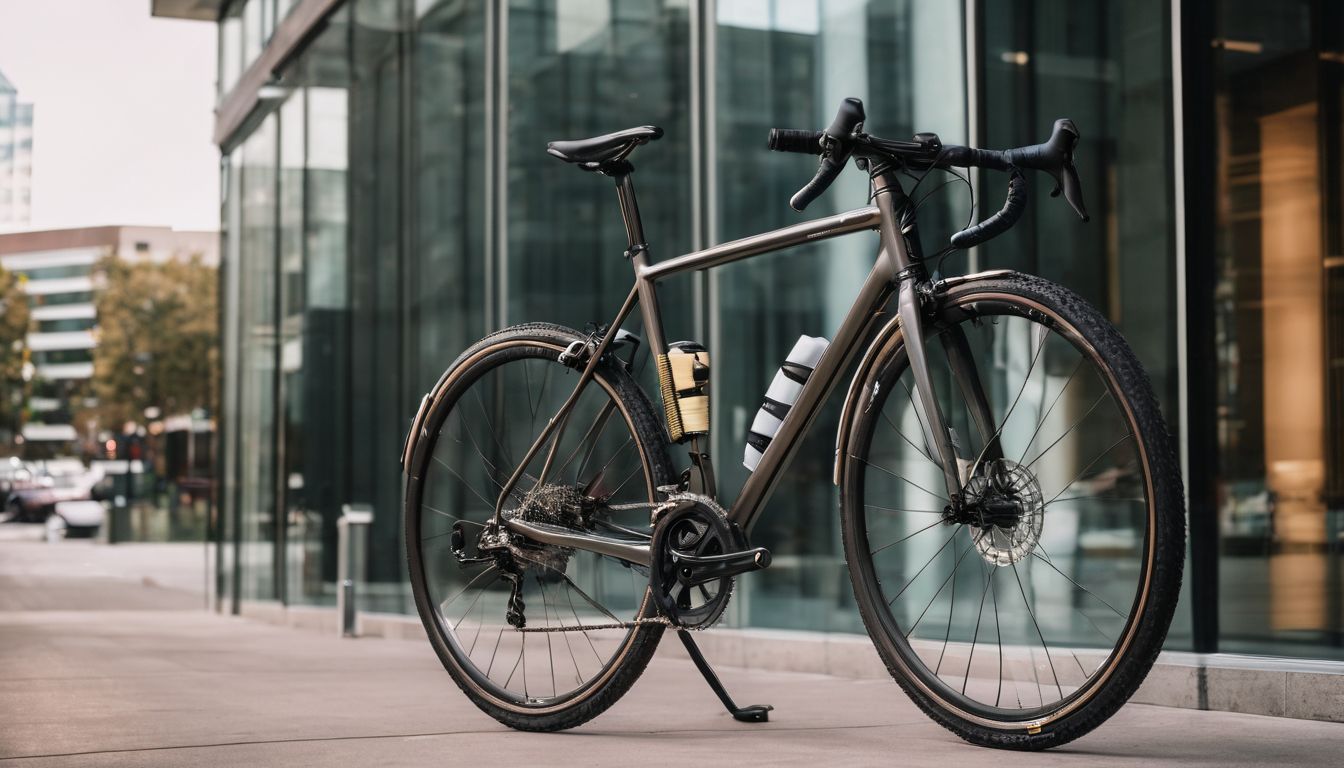Why make a cover for your iPod, iPhone, or MP3 player? So it looks awesome! And there’s the whole not getting scratched thing. These days, everybody has one of those colored plastic iPhone covers. Why not find your inner creativity, be interesting, and make people think twice about throwing away their old fabric and plastic containers? Sure, this may seem more like an arts and crafts project than an environmentally friendly action, but it can be quite helpful for the planet. Yes, you will reduce your waste a bit, but more excitingly, you will change your mindset. No longer do leftover scraps and containers have to be relegated to the great, black bin of trash. Instead, they can be repurposed into something new and even more exciting. Be careful though, this can be addicting. Soon you may start reusing all of your scraps, and your life might get a little more colorful. Oh, by the way, did I mention that you will save a whole lot of money? Just say no to overpriced iPhone cases, and make your own today!
BENEFITS FOR THE ENVIRONMENT:
Making fabric does a lot of damage to the environment through resource depletion, pollution, and energy use. In addition, man-made fabrics like nylon, polyester, and acrylic are made up of fossil fuels, which pollute the atmosphere and contribute to global warming. Reusing a little fabric can go a long way. Here’s the exciting benefit—this hopefully will be the start of a gift to the environment that keeps on giving. It’s almost certain that once you’ve finished your fancy new case, somebody is going to be super jealous. Then, you can share your tricks with them, and then they will start reusing old scraps. You see where this is going? Once we start realizing how many awesome designs we can make with old scraps, we’re never going to want to throw anything away again! It’s time we start being more materialistic—loving what we already have.
BENEFITS FOR YOUR WALLET:
Many MP3 player covers and sleeves cost anywhere from $10 to $30. When you make it yourself, you only need fabric and sewing materials. And because it’s completely custom-made for your particular MP3 player, iPod, or iPhone, you won’t need to pay extra for any custom design from a retailer.
BENEFITS FOR YOUR MP3 PLAYER:
You put your unprotected MP3 player in your pocket, purse, backpack, and laptop bags. Each time, they’ll be put next to other objects that might scratch, dent, and even break your MP3 player. The iPod nano, for example, has notoriously had a fragile screen which easily breaks. Not to mention how many times these devices somehow end up falling onto the floor! Protecting them with a cover can help keep your devices unscratched and damage-free.
Cost: Low
Using old fabric eliminates the need for additional spending and you probably already have most of the other materials around your house.
Time and Effort: Moderate
A pouch or cover is a relatively simple thing to make. If you want to do this by hand, it can take around half an hour. If you have a sewing machine and have had experience using it, it will only take several minutes. It is important to take proper care of your possessions in order to maximize their life span and thus reduce the need for replacements.
*A quick note: There are far too many MP3 players, phones, and gadgets out there. This basic concept works for them all, so from here on out, I will refer to these devices as “electro-gizmos.”
Making Your Electro-Gizmo Cover
Materials:
Scissors
Thread
Needle (or sewing machine)
Used fabric that you like the look and feel of
Paper
Pen
Button, Velcro, Snap Buttons
Ruler
Iron
There are two kinds of covers you can make:
1. A temporary cover is a complete pouch in which you store your electro-gizmo while keeping it in your pocket, purse, or other bag. If you always find scratches on it from your keys or pens next to it, this is probably the best cover for you.
2. A permanent cover leaves the screen, interface, and any openings still accessible. The advantages of this are that your electro-gizmo is always protected. If you tend to drop it easily, this is probably the best cover for you.
How to Make a Pouch for Your Electro-Gizmo:
1. Make a template of your electro-gizmo. Trace the outline of your electro-gizmo on a sheet of paper. If you place the electro-gizmo in the corner of the paper, you only need to trace two sides! Cut out the outline.
2. Measure the height of your electro-gizmo. If you lay it flat on the table, this is the height it is off the top of table (this will definitely be under an inch high).
3. Lay your used cloth on a clean, flat surface. Put the inside of the fabric (duller and less colored) facing up.
4. To cut the right length of the material, consider the longer side of your paper outline as a unit. Measure two of these units along the cloth and add 2-5 inches on one of them and 1 inch on the other. Look at the depth of your electro-gizmo. The shorter the depth, the longer one side should be compared to the other side, in order to be as tight as possible. These will become the lengths of two pieces of fabric. Mark the lines with a ruler as parallel as possible to the other edge of the fabric.
5. To cut the width of the material, just trace the width of the outline on the cloth once and add ¾ of an inch to 1 inch. Mark this line with a ruler.
6. Now you should have an outline for the pouch. Place your electro-gizmo in the center of the outline. There should be about 3/8th of an inch on each side for the seam. If there is too much or too little, adjust the lines on the fabric until they seem like they’d work.
7. Cut the fabric out along the new lines. Place the shorter piece onto the longer piece, with the inside of the fabric facing outward (so the seams don’t show on the outside).
8. Choose a thread that matches closely with the fabric. Sew the vertical edges together, leaving only the opening and the flap. Backstitch (sew over again in reverse direction) the areas near the opening in order to make it sturdier to flip inside out.
9. Flip the fabric inside out. To make it look more seamless, iron the seams thoroughly.
10. Decide how you want to fasten your pouch. If you decide to make it with velcro, you can either iron it on (with iron-on versions) or sew it on. If you decide to make it with buttons or snap buttons, you can sew these on as well.
11. Put your electro-gizmo inside and close the flap. Enjoy!
How to Make a Permanent Cover for Your Electro-Gizmo:
1. Make an outline of your electro-gizmo. Unlike the pouch, this has to be much more precise, so grab a cup of tea and find your inner patience! Place your electro-gizmo in the center of a sheet of paper and trace its outline. Because we are essentially making a cube (rectangular prism to be exact), we are going to need to trace the outline of each of your electro-gizmo’s 6 sides.
To do this, you will simply rotate your electro-gizmo around the outline of the front of your electro-gizmo. There are a couple ways to do this, but I recommend that you have your two large rectangles (the back and the front) on top of one another. Use the following picture as a guideline, but be sure to think through the process to make sure it fits for your electro-gizmo.
2. To make a flap, lengthen either the top rectangle or the bottom (depending on where the ports are). Depending on the size of your electro-gizmo, lengthen this side by at 2-5 inches.
3. Trace the screen, buttons, wheel, or other ports on your electro-gizmo and trace them back onto the outline template. If your fabric is not easily stretchable, trace completely around the entire outline at a distance of a quarter of an inch around the edge.
4. Lay down the fabric on a clean, flat surface with the inside fabric (duller and less colored) facing up. Trace the entire outline onto the fabric, including any holes. Cut out the outline of the fabric. Then, cut out the holes. This can be achieved by folding over the cloth and cutting from the middle to the edge.
5. Choose a thread that matches closely with the fabric. Sew the edges together as they fit, leaving only the opening and the flap. Also stitch around the openings where the screen, buttons, wheel, and ports are, so they don’t fray. Backstitch (sew again) areas near the opening, to make it sturdier.
6. Flip the fabric inside out. To make it look nice and seamless, iron the seams thoroughly.
7. Decide how you want to fasten your pouch. If you decide to make it with velcro, you can either iron it on (with iron-on versions) or sew it on. If you decide to make it with buttons or snap buttons, you can sew these on as well.
8. Put the electro-gizmo inside and close the flap. Enjoy!
Also click on the image below for an alternative cover technique, which works great for your laptop:
Inspired? Who knows, one day you might start a store…




